Key Points
- Minimum payments on high-interest credit card debt can take 30 years or more to repay.
- In addition to high interest rates, credit card interest compounds on a daily basis, which is different from other types of loans like mortgages and personal loans.
- Paying only the minimum payment required on credit card debt can lead to paying three times or more the original balance.
- Getting out of credit card debt necessitates a plan.

You don’t have a debt problem.
You understand the importance of credit and have set up automatic payments each month to cover the minimum amount due on every credit card. You have a perfect payment record.
The problem is that your credit card balances grow each month, despite making the required minimum payments. When you examine your monthly statement, you are shocked to realize that 90% of your minimum monthly payment goes to interest. Suddenly it dawns on you that it will take decades to pay off these balances even if you cut up your cards and never use them again.
Why Credit Card Companies Keep Payments Low on High-Interest Debt
Credit card companies lure you to open credit card accounts with the promise of low payments on high-interest debt. Each statement lists the minimum amount due to stay current on the account with little information on the overall cost of low payments. This strategy traps you in a perpetual cycle of debt and maximizes the profits of the credit card companies.
The Credit Card Accountability, Responsibility, and Disclosure Act (CARD) attempted to address these issues and protect consumers from predatory lending practices. Today, credit card statements must include the time it will take to pay off your debt if you make only the minimum payment each month along with a three-year debt payoff schedule. The challenge with this protection is that the increasing popularity of online statements and automatic payments means many consumers never see their full statement.
How Companies Calculate Your Minimum Payment
Credit card companies intentionally design their minimum payment requirements to keep you in debt. The most common formulas used calculates either a flat percentage of your average balance or a fixed percentage plus interest and fees. The ratio charged ranges from 1 to 3% of the average daily balance.
You might think using the flat percentage plus interest and fees would pay down the balance faster. However, this method often relies on a lower ratio, making the difference negligible. In the end, both methods keep you in perpetual debt.
The Impact of Daily Compounding Interest on Your Credit Card Balance
Aside from low monthly payments, credit card issuers compound double-digit interest daily, which exasperates the problem. Personal loans and mortgages typically compound monthly. Meaning the interest payment is the same whether you pay early or on-time. Daily compounding means you pay interest on interest every day on the outstanding balance. This method of calculating interest maximizes the amount of interest that accumulates on your debt.
Calculating How Long It Will Take to Pay Off Your Debt
The graph below illustrates the impact of low minimum payments and daily compound interest. Let’s say you have $40,000 in credit card debt with an average interest rate of 22.84%, which is the average interest rate for consumers with fair credit.
| Amount of Debt | Interest Rate | Monthly Payment | Years to Payoff | Total Amount Paid |
| $40,000 | 22.84% | $1,200 | 30 + Years | $108,140.68 |
| $35,000 | 22.84% | $1,050 | 30 + Years | $94,623.16 |
| $30,000 | 22.84% | $900 | 30 + Years | $81,105.49 |
| $25,000 | 22.84% | $750 | 30 + Years | $67,587.70 |
Calculation based on 3% minimum monthly payment
You can calculate your credit card debt payoff based on minimum payments here.
You can see that making minimum monthly payments can mean you end up paying nearly 3X your original balance charged and taking over 30 years to eliminate the debt, which is longer than it takes to pay off a mortgage.
Final Thoughts
Credit card companies want you to make the minimum monthly payment because they collect interest on the account indefinitely. What companies don’t want you to know is that there is a better way. If you have experienced a qualifying hardship, you may qualify to get out of debt through a debt settlement program that will save you money and allow you to become debt-free 24-48 months, paying significantly less than the full balance owed.
